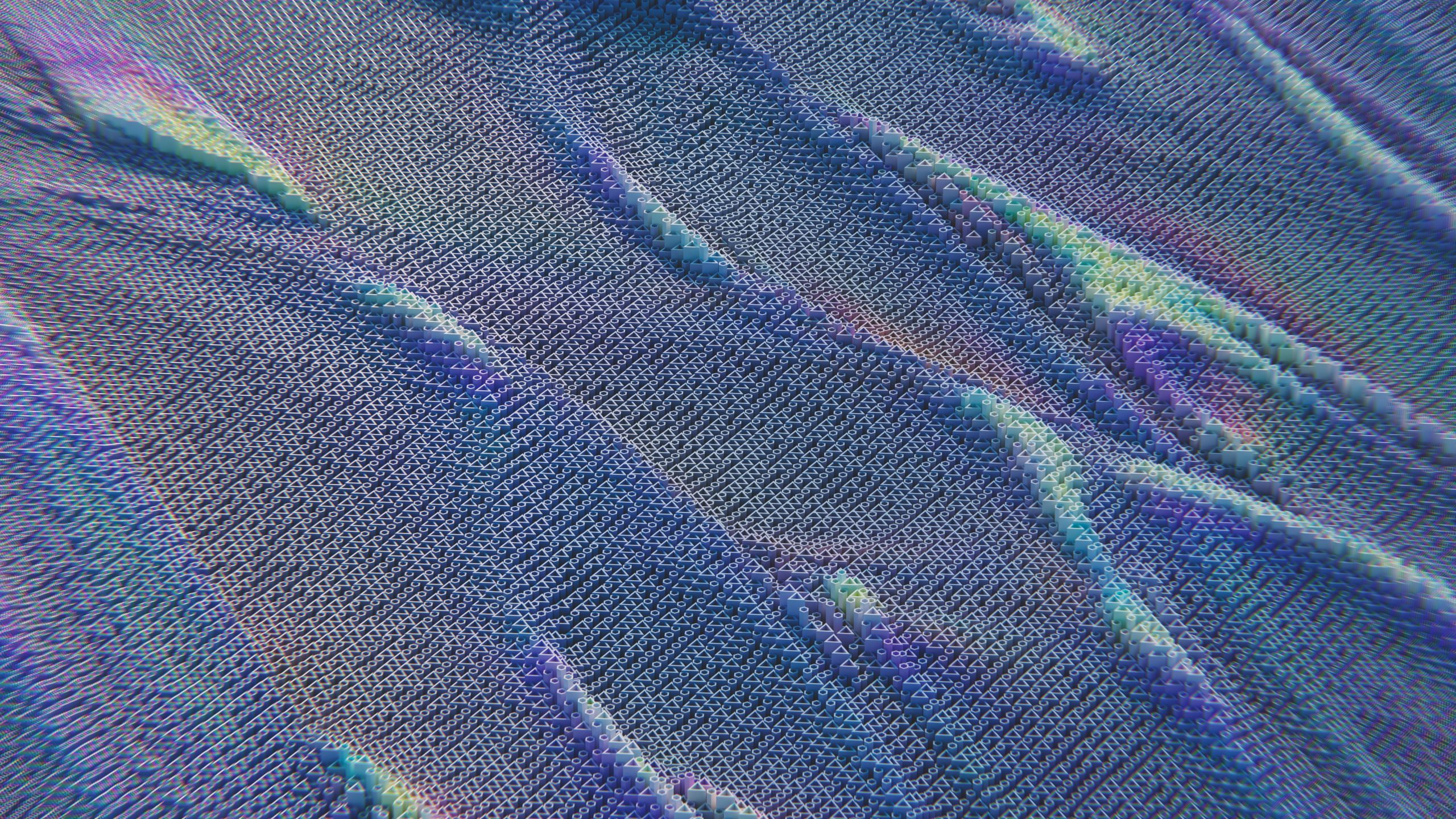Why AGI Isn’t Truly AGI Without Quantum Dreams of Red Matter
Redefining Artificial General Intelligence: Beyond Imitation into Quantum Creativity
As the buzz around Artificial General Intelligence (AGI) continues to grow, it’s crucial to understand what truly sets a genuinely intelligent machine apart from sophisticated mimics. The term “AGI” is often invoked by startups, research institutions, and tech giants alike, promising machines capable of reasoning across diverse domains, learning new skills, and solving complex problems much like humans do. But when we scrutinize these claims, a fundamental question arises: what does “general” genuinely mean in the context of intelligence?
Moving Beyond Human-Centric Benchmarks
Many initiatives aim to develop AGI that achieves parity with human abilities—beating humans at chess, producing art reminiscent of masters, coding, or philosophizing. While impressive, such benchmarks focus on emulating human skills. Is this sufficient to define true generality? Not quite.
True intelligence should encompass the capacity to adapt to entirely new, unforeseen domains—areas that go beyond what humans have imagined or experienced. An AGI that can compose poetry but cannot conceive of designing a warp drive or reimagining computation itself operates within our current scope of knowledge. Its capabilities are limited by human imagination, not by its own potential for innovation.
The Quantum Challenge: Testing Genuine Generality
Imagine a thought experiment: confronting an AGI with the task of designing a novel quantum computer with exotic, hypothetical materials—concepts that stretch or even break the boundaries of known physics. Could the AI reason through complex models, formulate groundbreaking hypotheses, and invent new frameworks from scratch?
If it cannot, then it remains a sophisticated mimic, inferring based on existing data rather than truly understanding or pioneering new frontiers. The hallmark of genuine generality lies in—and perhaps depends upon—the ability to venture into realms beyond current science.
The Red Matter Standard: Fiction as a Benchmark for Imagination
In this context, it’s instructive to consider the fictional substance “red matter” from Star Trek—an element capable of collapsing stars, folding spacetime, and generating singularities. Though entirely speculative, it serves as a symbolic benchmark for creativity and reasoning beyond established physics.
A true AGI should do more than describe such a substance; it should:
- Explore how “red matter” might alter physical laws or necessitate their rewriting,
- Hypothesize new computational architectures that could harness such phenomena—perhaps even envisioning post-quantum, red-matter-based computers,
- Anticip














Post Comment